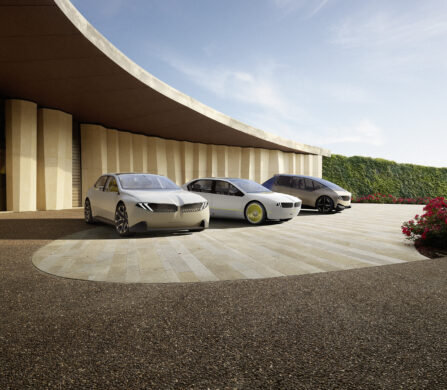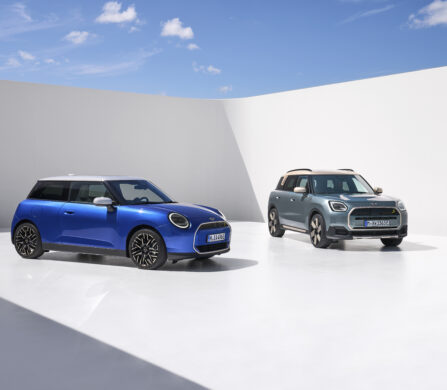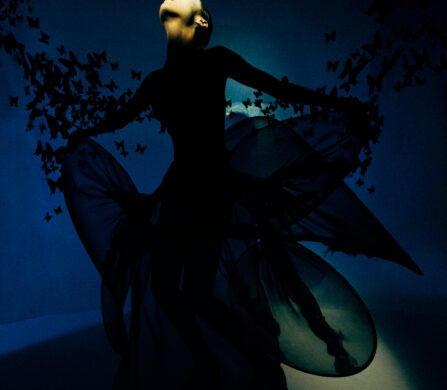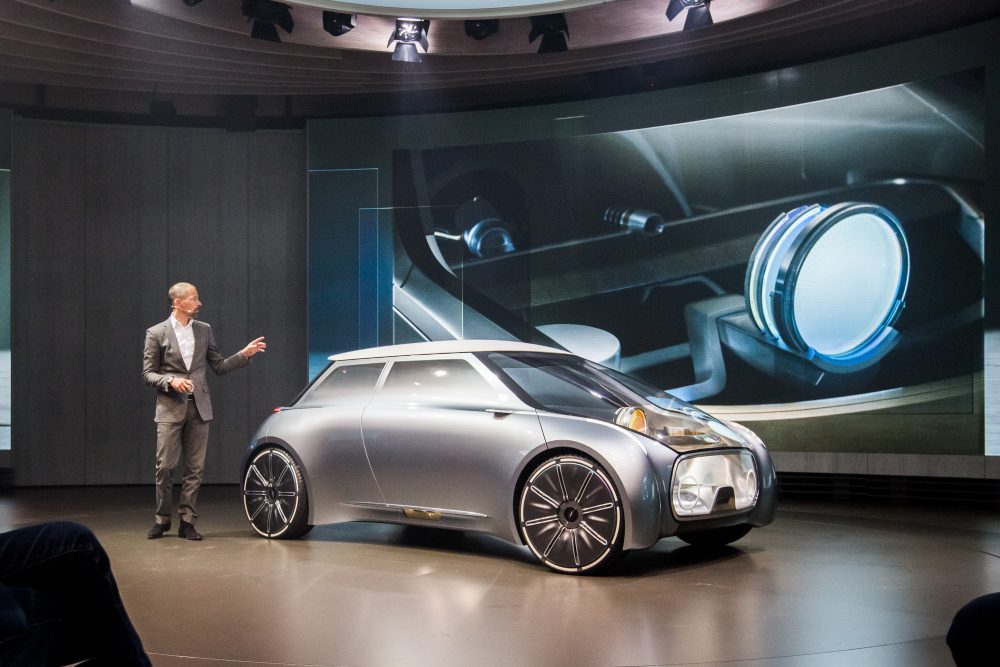 History has notoriously done a terrible job of predicting the future. 1950s futurists had us doing our daily commute in levitating, self-driving cars. In the same vein, we should already have holiday homes on the moon. We’re still waiting on budget space travel, but the future of transport is already here, in forms we perhaps didn’t expect.
History has notoriously done a terrible job of predicting the future. 1950s futurists had us doing our daily commute in levitating, self-driving cars. In the same vein, we should already have holiday homes on the moon. We’re still waiting on budget space travel, but the future of transport is already here, in forms we perhaps didn’t expect.
Celebrating a century of innovative engineering and design, MINI unveiled its Vision Vehicle at the BMW Group Future Experience Exhibition. The MINI Vision 100 is an awe-inspiring glimpse of the future you can experience until 26th June at the Roundhouse. Now that the future is here, what does it look like? As users, our relationship with a car is no longer a one-way street, thanks to the potential of technology. MINI’s Vision Vehicle has each individual in mind. Using digital projections, this MINI greets you upon arrival, knows your schedule no matter where you are, and the inventive Cooperiser communicates through changes in colour.
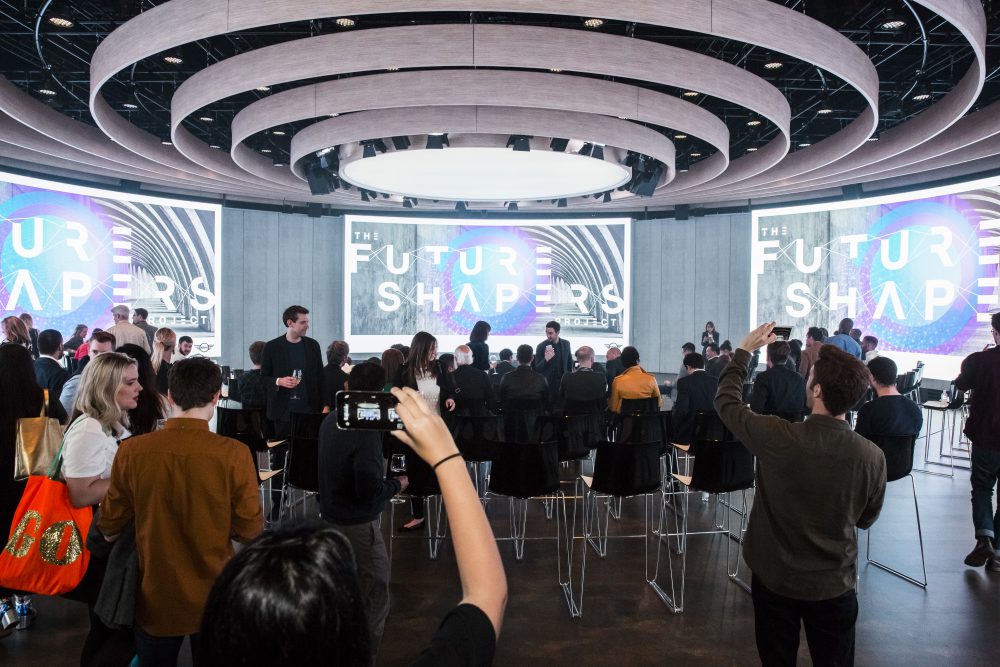
 The Vision Vehicle’s functionality is spearheaded by the understanding that mass urbanisation means we live on less and less of the world’s surface. So we need to do better with limited resources. The idea that a single MINI can be shared by many, but uniquely adapt to each user could be the future of urban mobility. And with the growing popularity of Uber and Air BnB, a personalised sharing economy has already proven to be an enticing solution.
The Vision Vehicle’s functionality is spearheaded by the understanding that mass urbanisation means we live on less and less of the world’s surface. So we need to do better with limited resources. The idea that a single MINI can be shared by many, but uniquely adapt to each user could be the future of urban mobility. And with the growing popularity of Uber and Air BnB, a personalised sharing economy has already proven to be an enticing solution.
MINI’s Future Experience Exhibition doesn’t just look to the future, but to cultural innovators who are pioneering personalised tech right now. Multi-media artist Margot Bowman is a Future Shaper, for whom GIFs are a tool for self-expression. “In the English language there are a billions of words yet when I express myself online I’ve got so few options” she tells Schön! “There should be more sensitivity. Not just the people you’re [Facebook] friends with or the last thing you bought on Amazon.” In a bid to bridge the empathy gap between human and technology, Bowman got to know twins by asking personal questions such as “how do you deal with shame?” and “how many people do you say I love you too?” She used their answers to create digital portraits. Frustrated by the limitations of Snapchat filters and Instagram edits, Margot chose GIFs as her artistic medium because of their communicative possibilities: “GIFs only play in a browser. Outside a browser they’re just a series of still images. Through the magic of technology they animate and that’s really inspiring.”
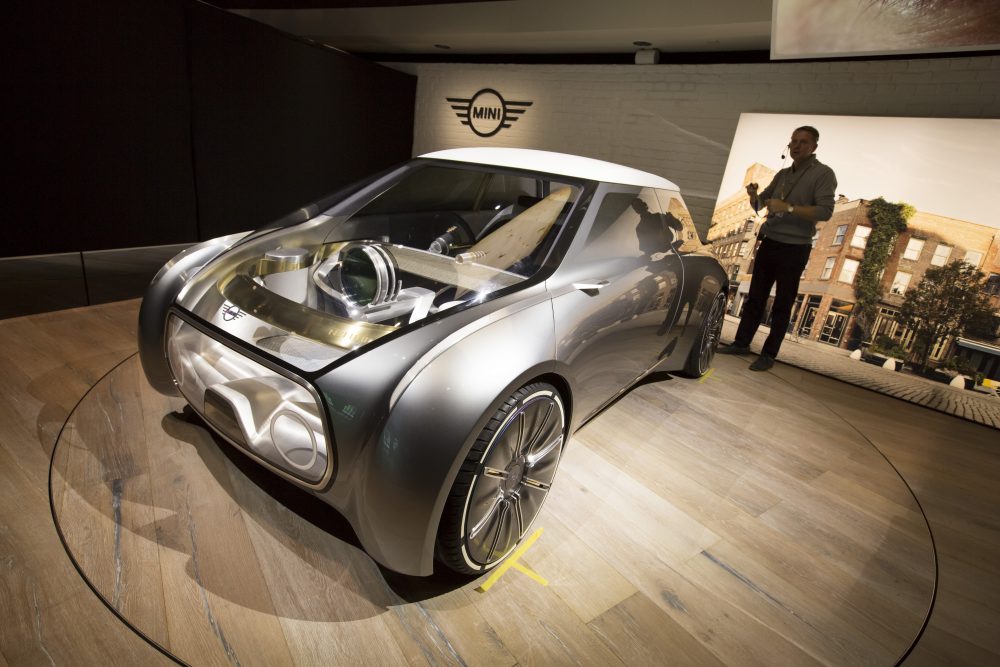
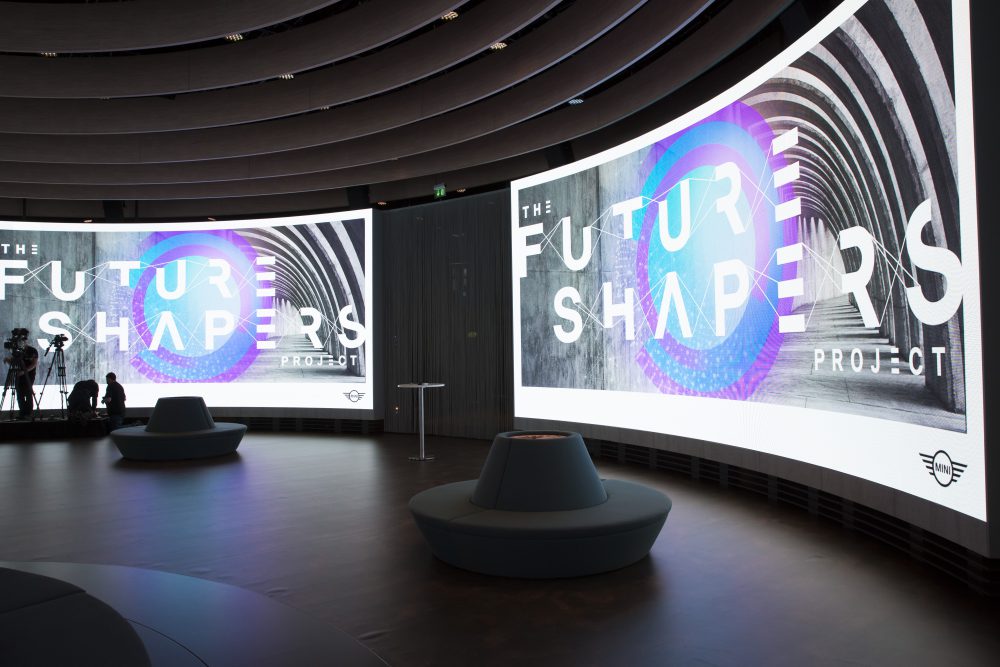
Using technology to share, inspire and connect has defined the past decade. We fill our phones with photographic memories, and summarise our thoughts and beliefs into 140 characters, all in the drive to make the digital sphere our own. MINI Vision 100 shows us that the future of technology lies in emotional connection. A future where tech cares about you, just as much as you care about it.
Words / Shama Nasinde
Follow her on Twitter.












